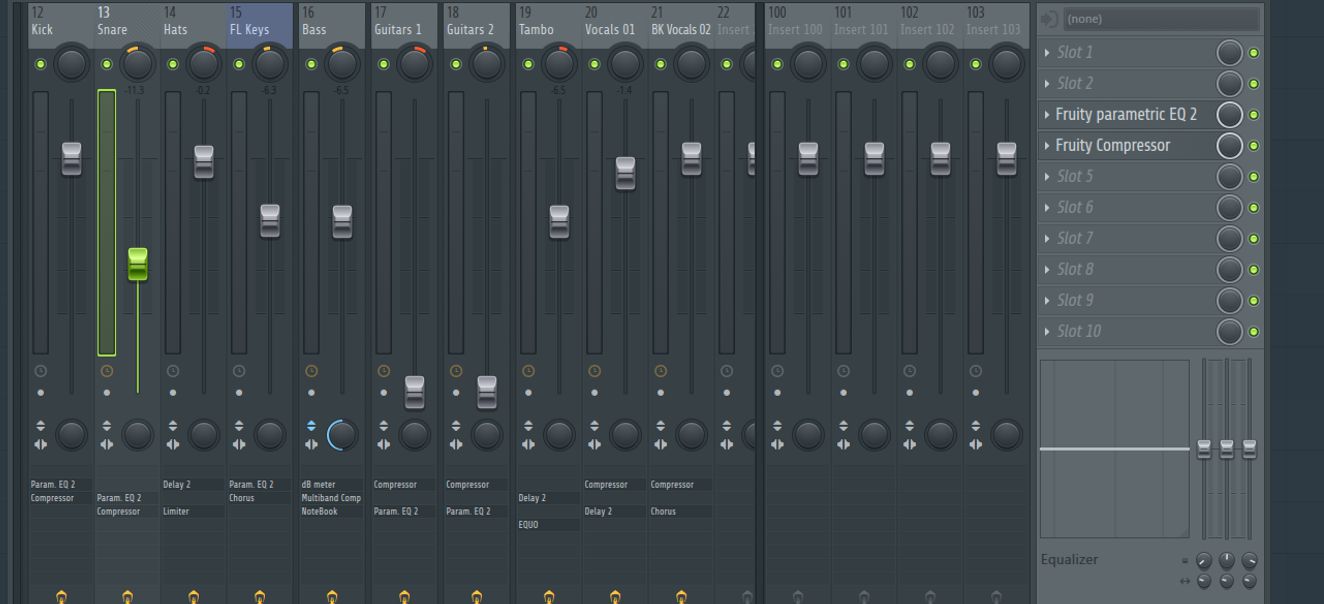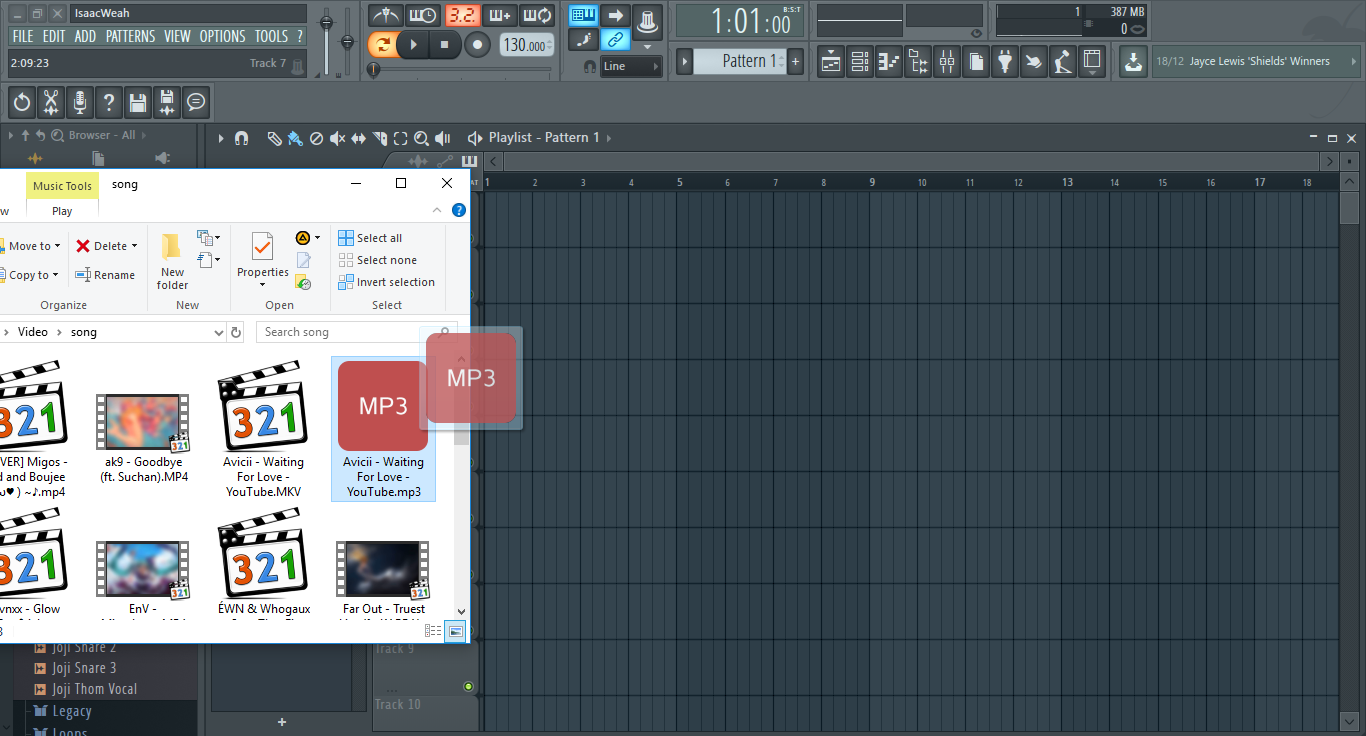

TIA for sharing any insight and knowledge! So: is there any way to ensure that another midi reader/player correctly translates Piano Roll notation, especially portamento and slide instances?Something I can do to make it "generic" instructions that translate accurately to other midi reader/players? Rather than specific instructions for the sampler the part was first written with - (I read that Studio One has incorporated a "Piano Roll" in new versions that tries to do the same things that FL's does but this wasn't w/ that new feature) Should I export a "score sheet" and not "midi"? What's the difference? (I'm guessing FL can read it's own scores w/o having to convert info and back again?) wrong octave or worse, in another key, the notes are all distorted and wonky (like it's instructing the other sampler how to shape the sample and those instructions do bizarre things to pitch, duration, intonation, etc.) I thought it was just a compatibility issue w/ different software, but I tried saving a midi made w/ one of the 'house' bass players and importing it into another sampler, and sometimes the stuff is just whacked out, freaked out BAD.

and I thought that having the midi instructions play the exact same bassline with another sampler might "fatten" things up a bit, disguise that "computer-generated" vibe a little bit - so I've saved a few midi files of basslines, sent them to a friend, to try with some of his 'stock' sampler sounds, -but they play really poorly- most egregious is other player doesn't recognize "slide" notations, so anywhere I 'gliss' or slide into a note it plays two badly clashing notes simultaneously, and then occasional notes are just plain WRONG, not the one notated?.

When developing the library we tried to avoid over-processing the samples by using compression and normalization.


 0 kommentar(er)
0 kommentar(er)
